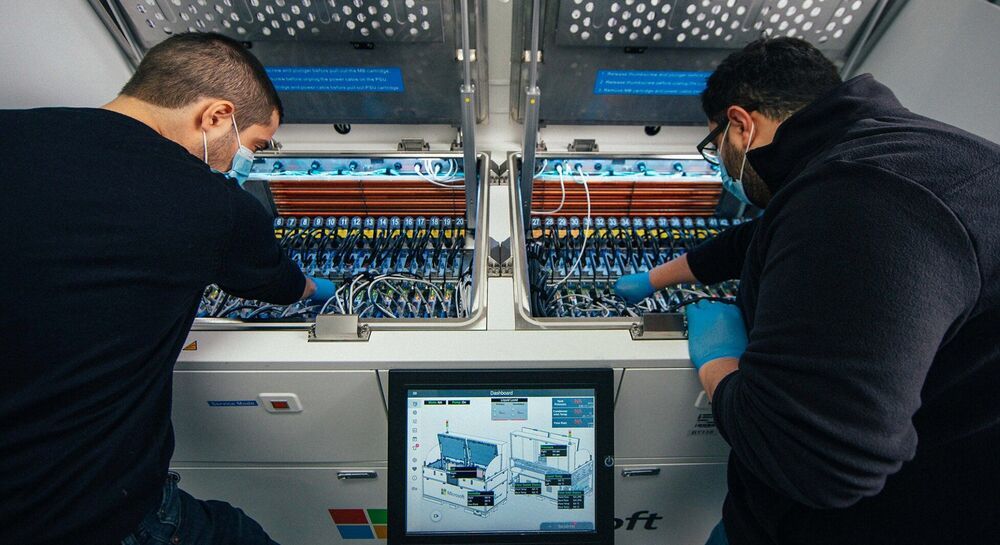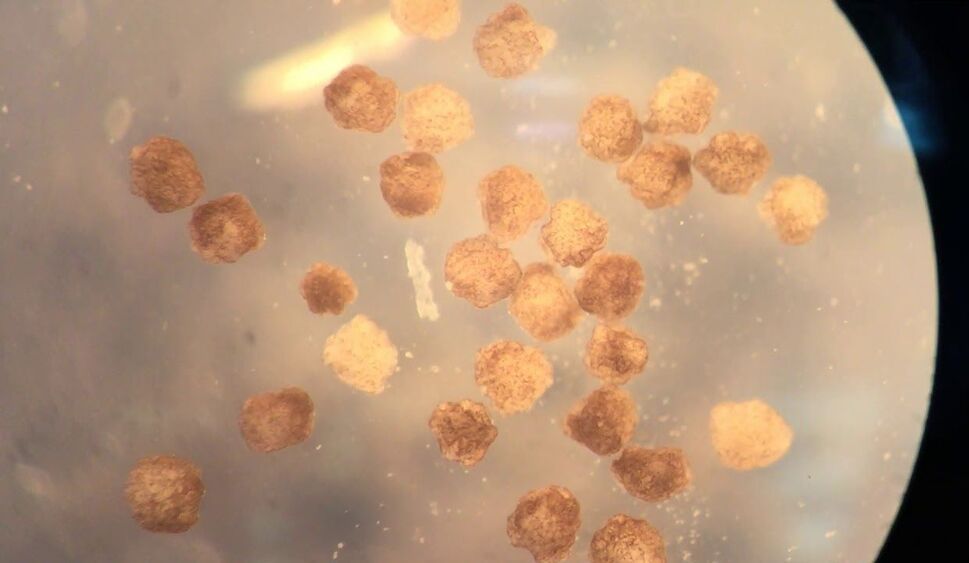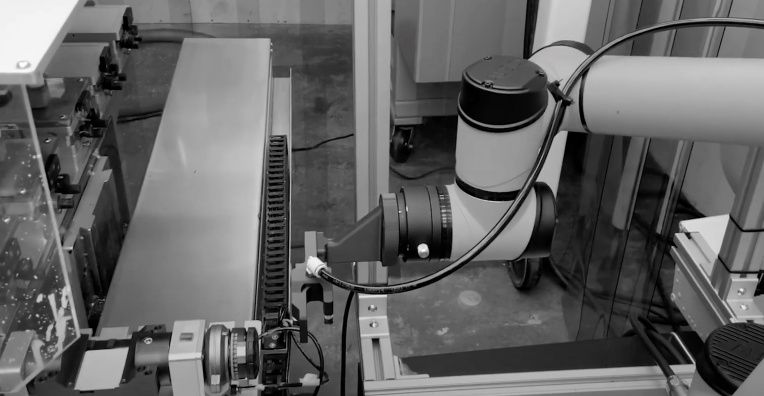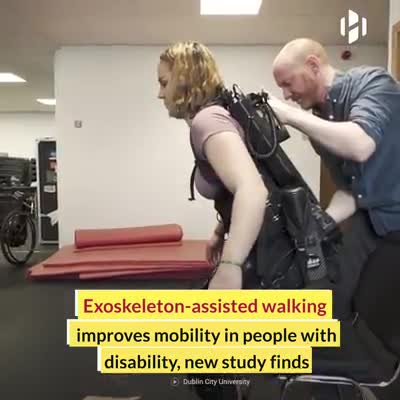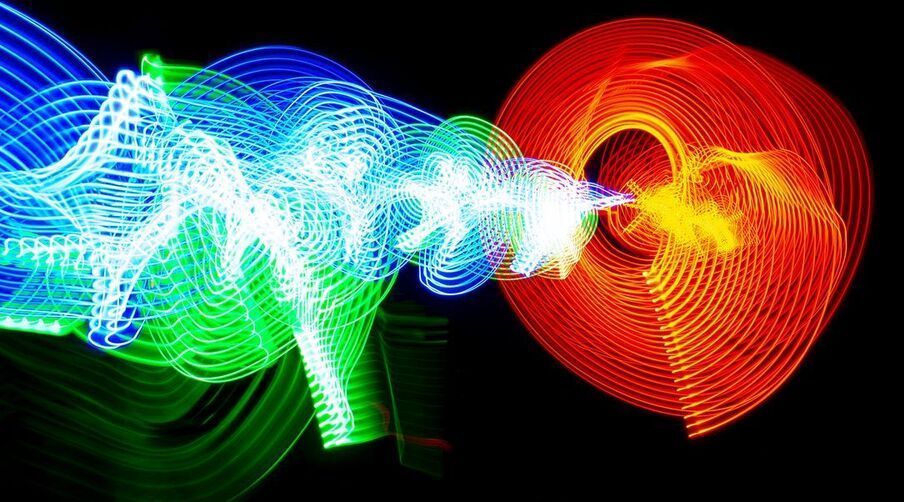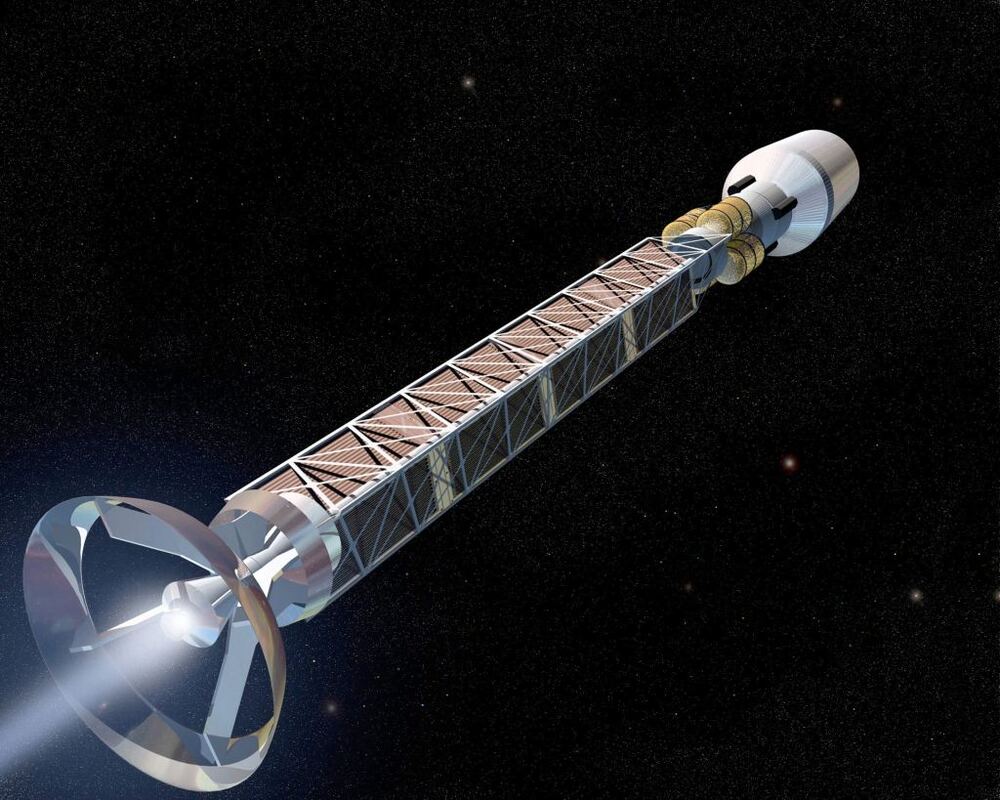Microsoft has implemented boiling liquid to help keep datacenter servers at reasonable temperatures. The company uses electronic equipment and liquid capable of boiling at 122 degrees Farenheit, 90 degrees below the boiling point of water.
Once the computer processors within the datacenters reach a certain temperature due to labor, the boiling effect moves heat away from the servers. This movement allows the processors to continue operating at full power without the risk of failure from overheating.
Microsoft engineered this solution using a tank that takes the fluid vapor from its liquid contents and exposes the mist to a cooling lid. This process transforms that vapor back into liquid and rain down onto the servers in order to cool the machines. This process of vaporization and condensation for cooling is known as a closed loop cooling system.
